7-days Sailing – Split – Dubrovnik R1 One way Route 1
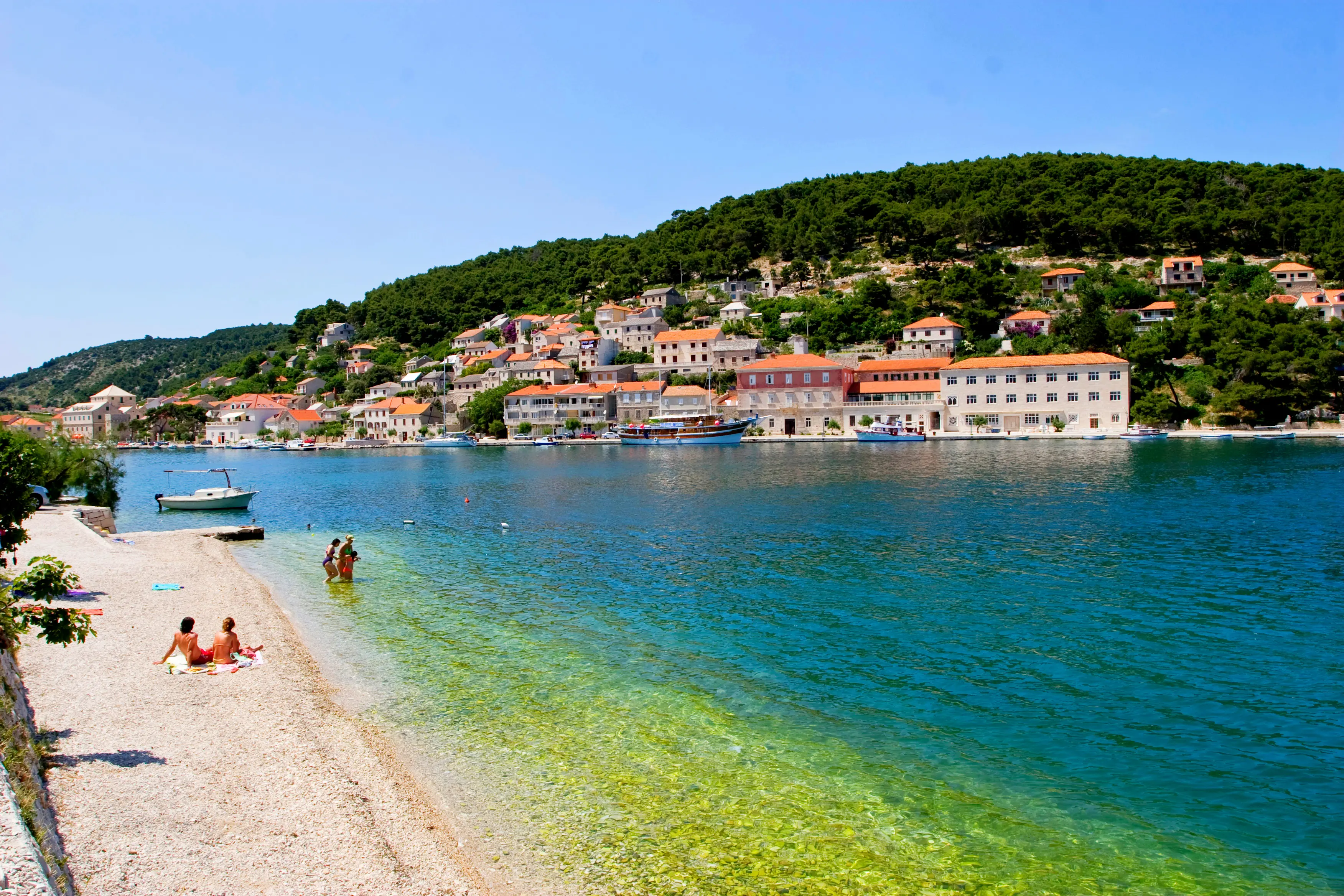
Day 1: Split - Milna (Brač)
Milna is the most protected as well the most beautiful port on the island of Brač. Protected from stronger winds and refreshed by the maestral wind of summer afternoons, it is the ideal haven for people and boats alike. Milna is situated at the bottom of a spacious cove at the western coast of Brač. Crystal blue sea, shades of centennial pine forests, sunlit facades built of Brač stone, ideal diving conditions, domestic and healthy food - all the reasons for coming to this beautiful Mediterranean town. There is a large selection of excellent fish restaurant, pizzerias and many caffe bars in Milna, situated in the immediate vicinity of the sea. ACI marina Milna is located in the southeastern part of the Milna cove, adjacent to the town.
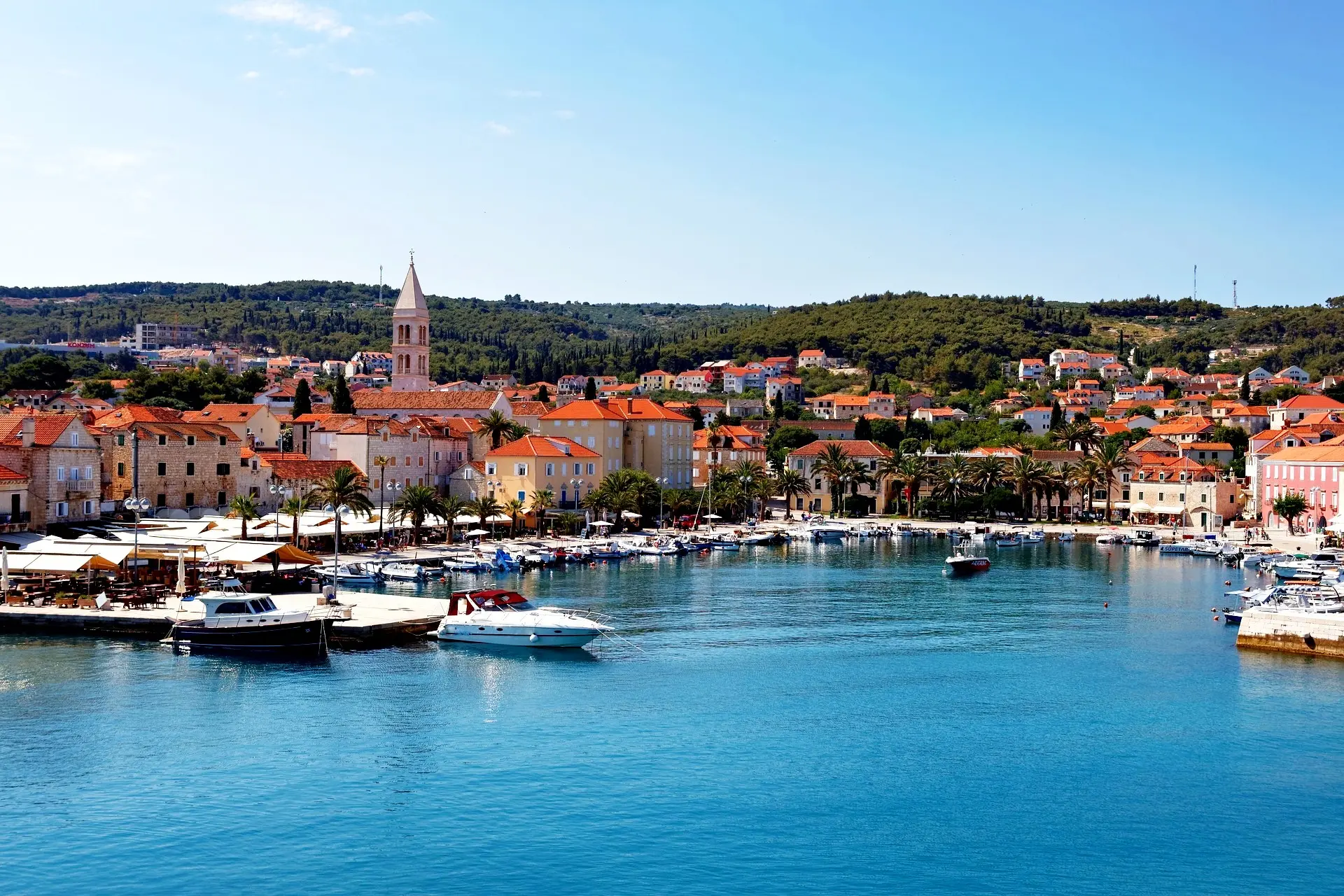
Day 2: Milna - Hvar (Hvar)
Hvar is one of the most desired and most visited destinations on the Dalmatian riviera. It is characterized by a warm, pleasant climate with lots of sun, a picturesque natural environment, various options for quality accomodation, Mediterranean cordiality and hospitality, numerous restaurants and taverns offering exquisite domestic specialties and wines, sports and recreation possibilities, an active night life... Thanks to its position along the ancient maritime route, Hvar has a far richer history than any other island on the Adriatic. Representative palaces and churches, valuable paintings and statues, as well as literary and musical works of art created on the island, are a result of the inexhaustible inspiration the island provides. The city port has low protection against stronger winds.
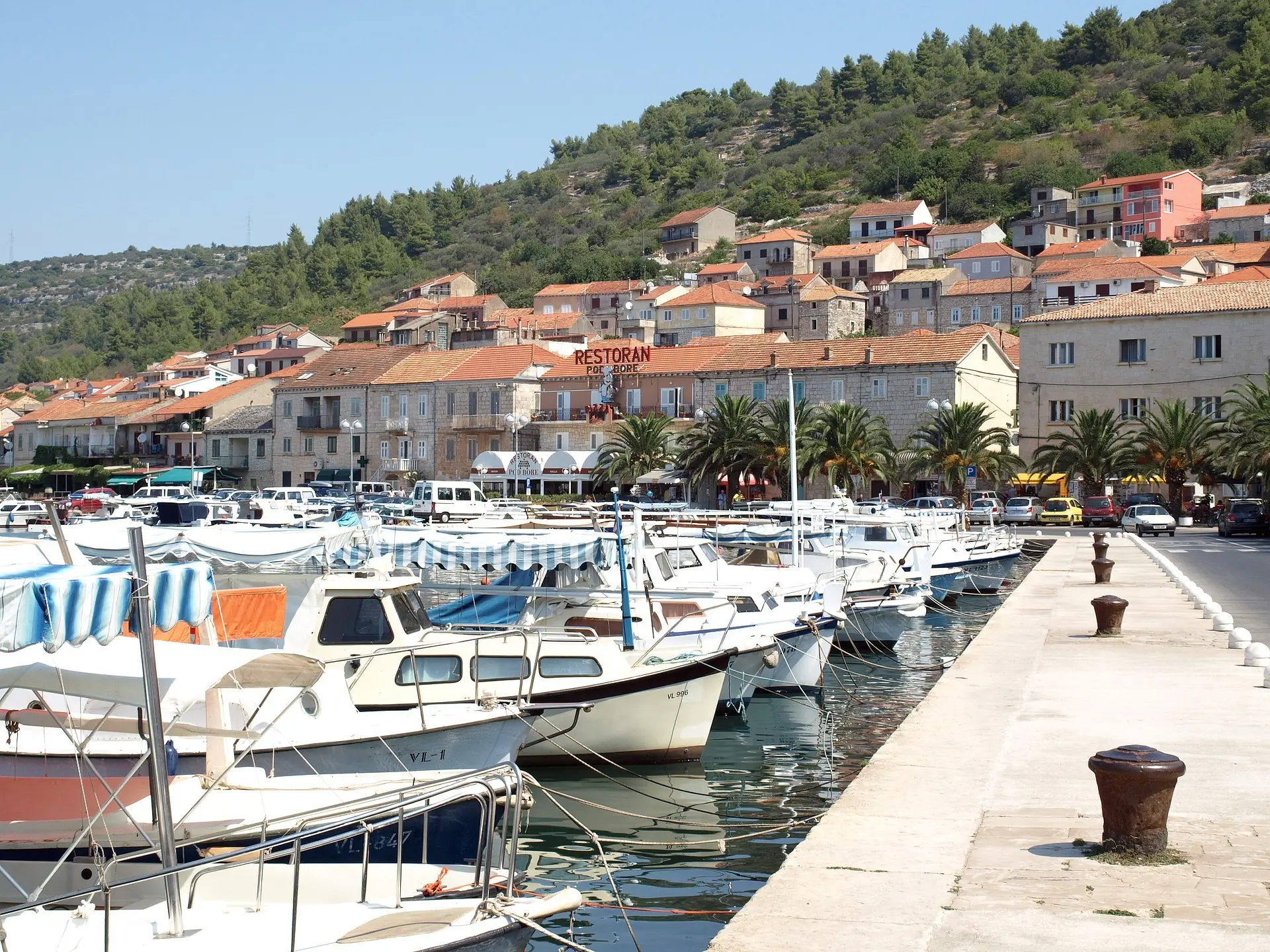
Day 3: Hvar - Vela Luka (Korčula)
The area of Vela Luka on the island of Korčula bears archaeological evidence of habitation as early as the Old Stone Age - 20,000 B.C. To the present day, the Illyrians, Romans and Slavic peoples have all left their marks on this soil; with the Vela Luka of today blossoming since the 18th century to the present day. The town of Vela Luka is located at the end of a bay 9,2km long, offering excellent shelter from the elements. Trips are organized many times a day from here, to the many surrounding islands, including the well-known Proizd and Ošjak.

Day 4: Vela Luka - Korčula (Korčula)
The island of Korčula is the jewel of the Adriatic archipelago. The island is indented with a series of isles and inlets, and a special mark is bestowed on it by its lush vegetation. Around it, you can enjoy swimming on many beaches, as well as diving in an underwater world of exciting flora and fauna. The city of Korčula is a historic and tourist center of its island. It is one of the best preserved medieval cities in the Mediterranean. Moreška, danced within Korčula, is one of three chivalric dances that you can witness only on this beautiful island. The town of Korčula is also considered the birthplace of the world's greatest traveller, Marco Polo, whose house of birth is located in the center of the old town. ACI Marina Korčula is situated in a small inlet east of town. Its northern side is protected with a breakwater.

Day 5: Korčula - Pomena (Mljet)
Pomena is a small port village settled in the heart of the National park of Mljet. Being very close to Dubrovnik, and connected to it by regular boat line, Pomena is a unique tourist destination in its being a part of pristine natural and historic environment; while at the same time retaining the advantages of the proximity to a large city center such as Dubrovnik. Various accommodation and recreation possibilities are offered in Pomena, and the island of Mljet itself being a National park, it is not to be overlooked when travelling through the Adriatic.
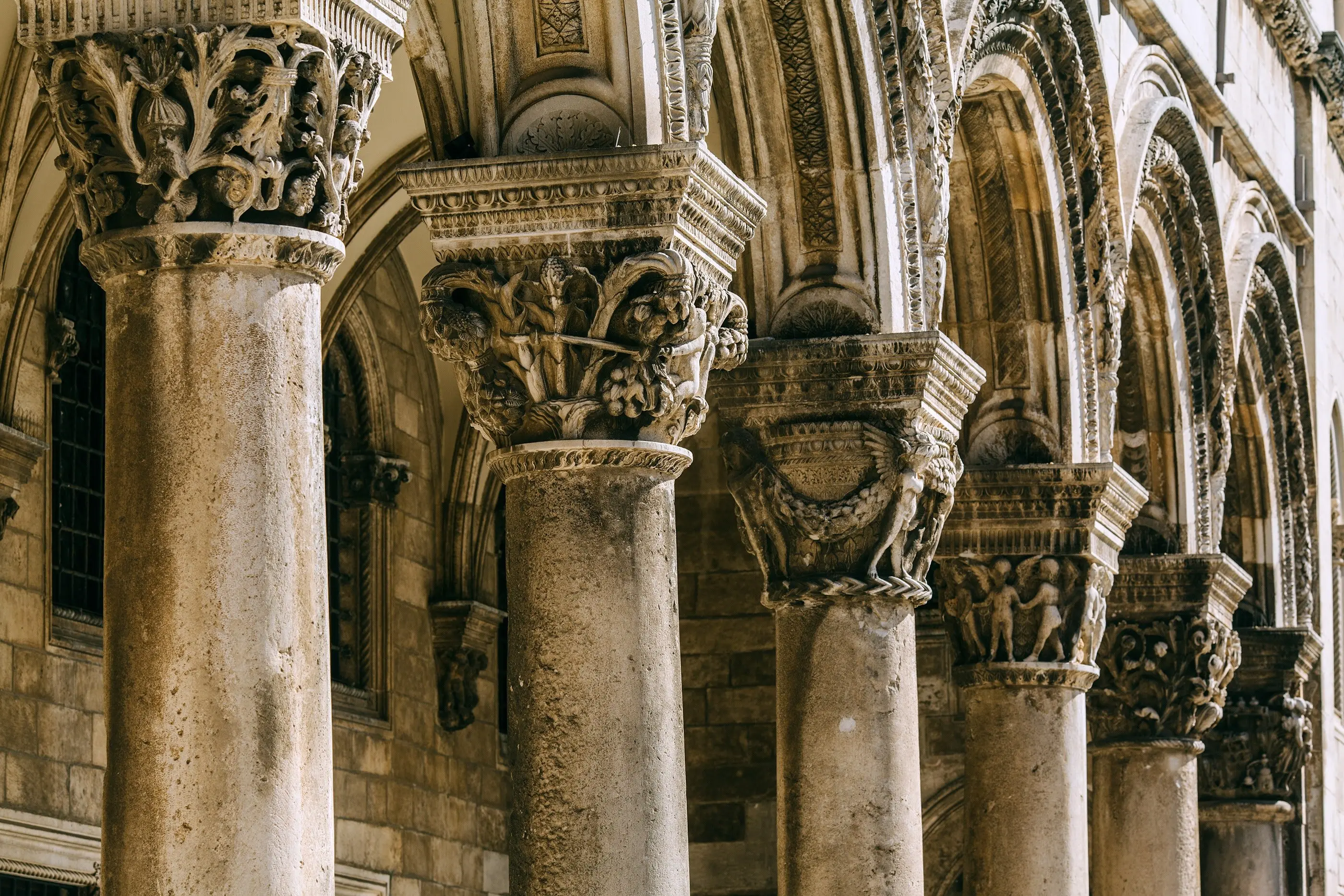
Day 6: Pomena - Šipan
Šipan is the largest island of the Elaphite island group, off the coast of Dubrovnik. On its modest surface of 15km2, there are 42 villas and 34 churches; largely abandoned in the present day, though some are being restored. The pristine nature and abundant, authentic Mediterranean vegetation were recognized here since ancient times. Once housing over 7000 people, Šipan's only two villages Šipanska Luka and Suđurađ are home to around 450, mostly elderly citizens today. The crises of the 20th century led to Šipan's decline, but in recent times many investments promise a turn for the better. It is nevertheless a site of beautiful scenery, marine and land flora and fauna, and as such is a part of every excursion and travel plan through the southern Adriatic.
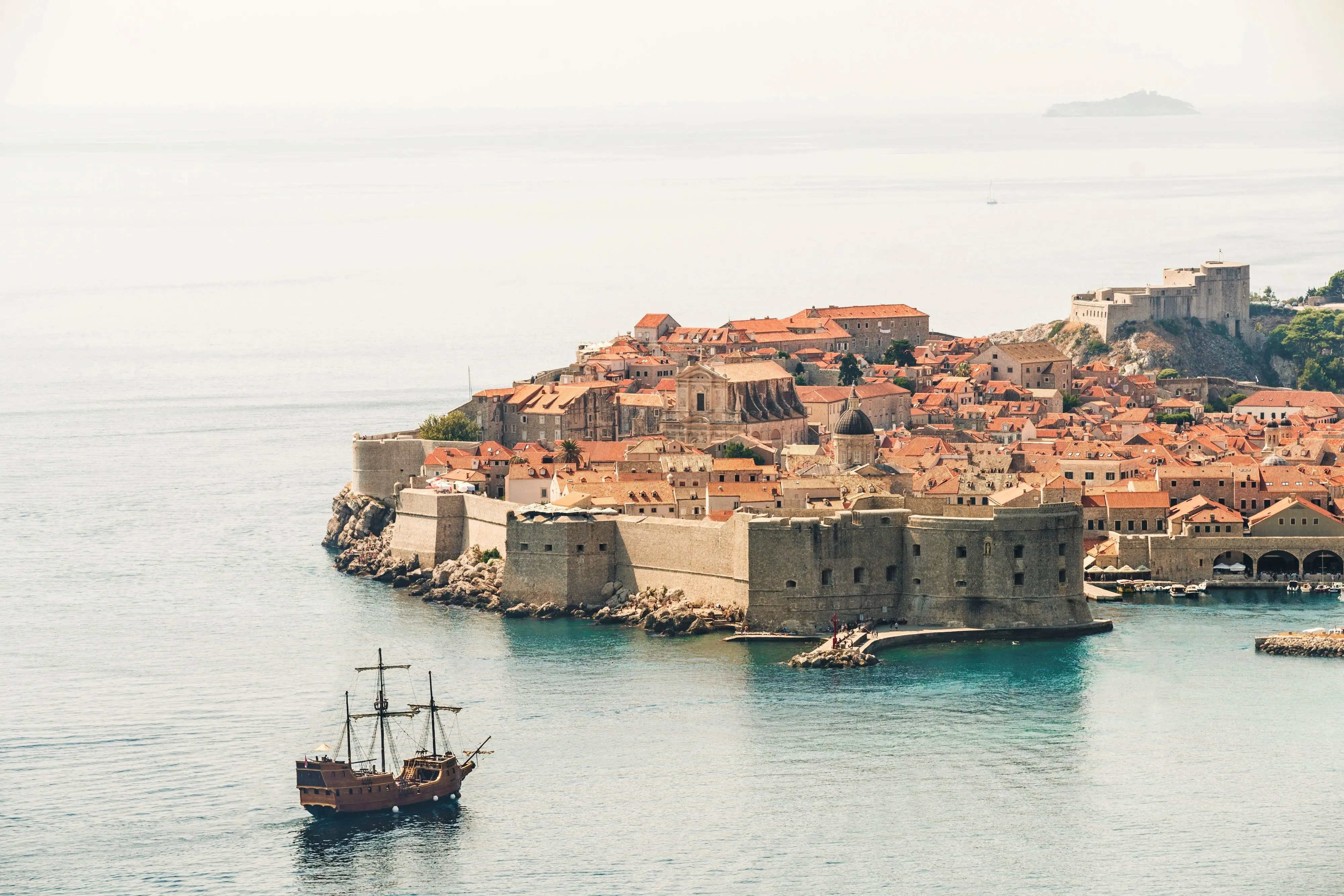
Day 7: Šipan - Dubrovnik
The city of Dubrovnik, once the center of the Dubrovnik Republic which, for a time, competed on equal ground with Venice in the north, is today one of the most important tourist and historic centers on the Adriatic, as well as the Mediterranean. By far the best way to experience the vast cultural and historical heritage of Dubrovnik, is to traverse its streets on foot. A stroll over the famous Stradun, and the 25 m high, 2km long City walls, will take you past numerous palaces, churches, and various places whose lesser significance all adds up to the vast glory of Dubrovnik. Its name is somewhat of a synonym for Croatia in the far corners of the world, and the more you learn of Dubrovnik, the less surprised you will be to know that its population increases tenfold during the peak of the tourist season.

